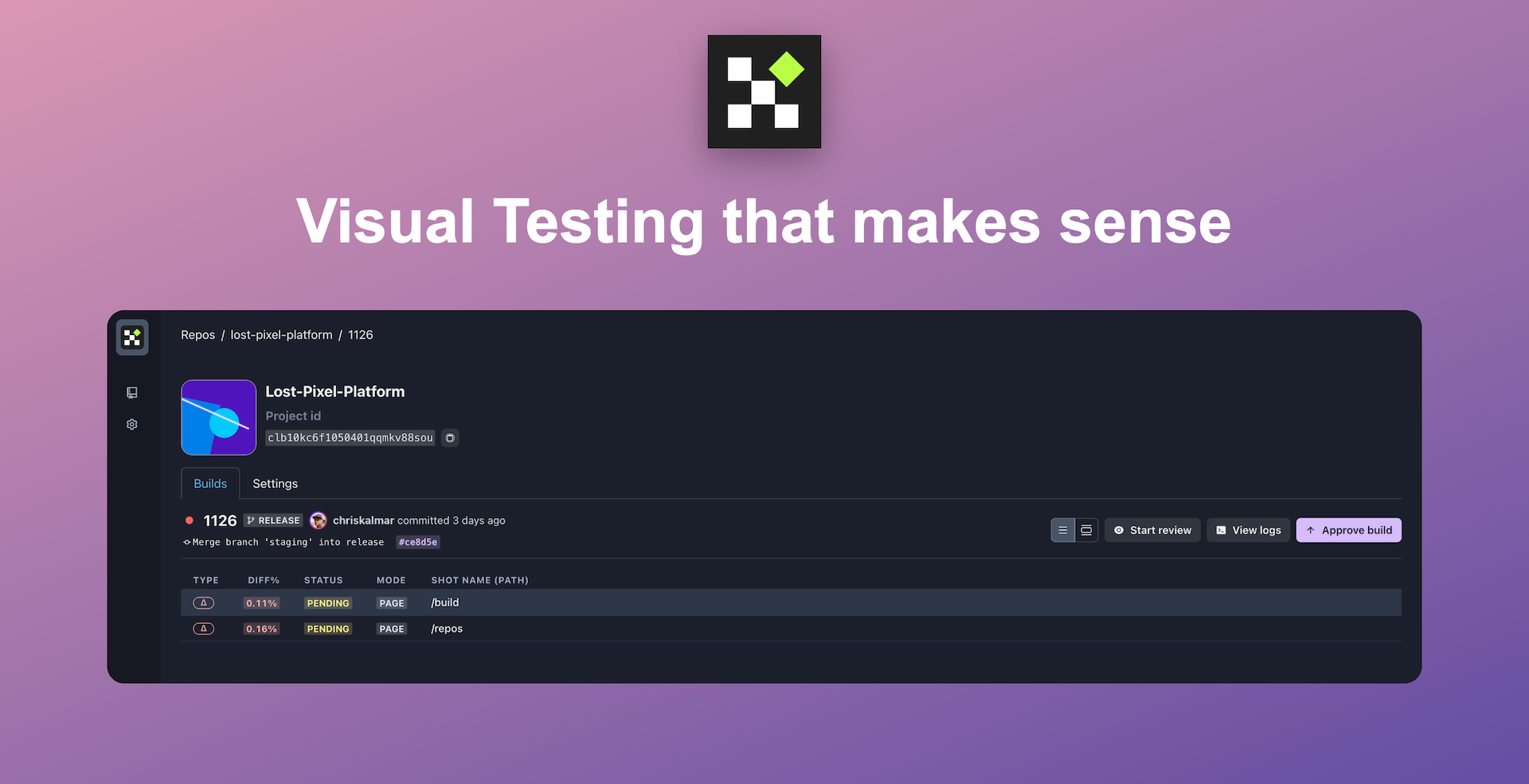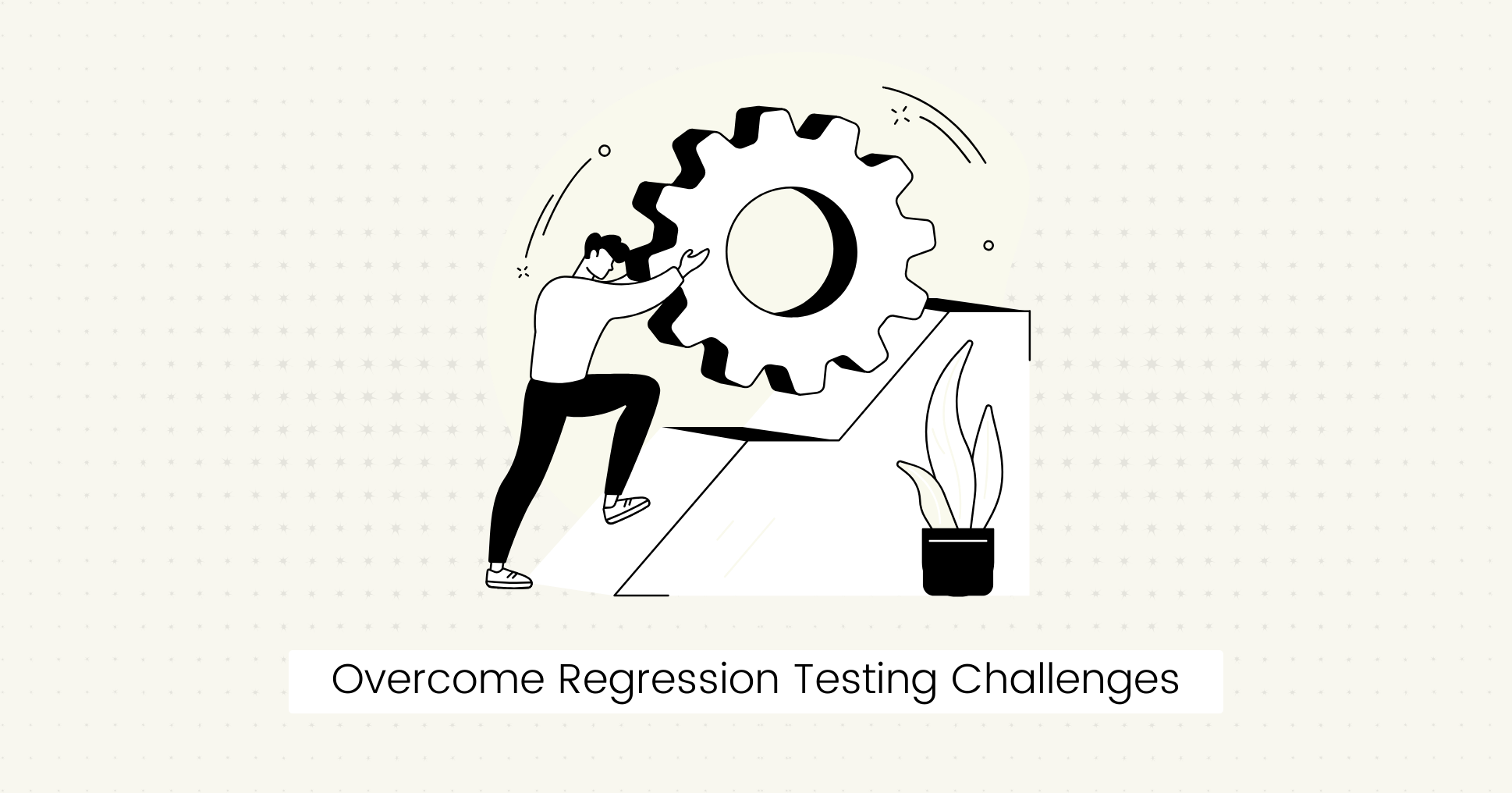Have you ever had a situation where something stopped working after you made a change in the code?
Constant changes and updates are common in Agile software development but can result in unexpected problems.
There is always a risk of old functionality breaking with each release.
You might fix one bug, but it introduces issues somewhere else or a feature that worked perfectly before suddenly stops working.
These issues can slow down the sprints, affecting productivity and quality.
This is where regression testing comes in.
Regression testing helps catch these problems before they reach production and makes sure that old and new features still function correctly after each update.
But how exactly does regression testing fit in Agile development?
Read this guide to find out:
- What is regression testing in Agile?
- What is its importance?
- What are its challenges and effective strategies to avoid them.
Let's get started.
What is Regression Testing in Agile Development?
Regression testing is a type of black box testing that verifies that new changes don't damage parts of the software that were already working well.
In the Agile process, regression testing ensures that each line of code functions correctly without interfering with existing features.
The Agile methodology is an iterative approach that involves continuous updates and build cycles to keep up with changing requirements.
Each iteration, or sprint, typically lasts one to two weeks.
At the end of each cycle, regression testing is done to check whether new changes have introduced any new problems with each build.
For example:
- Imagine an app that processes online orders. You add a new feature for users to save their payment methods. After the update, regression testing would confirm that this new feature does not accidentally break the existing order confirmation process, which had been working perfectly before.
- Similarly, after adding a new feature that allows users to reset their passwords, your team will run regression tests to see how this change impacts other parts of the system, like user account or login features, before moving on to the next sprint.

Set up visual regression tests in minutes with Lost Pixel Platform. Do not let your users find bugs first.
Importance of Regression Testing In Agile
The main purpose of regression testing is to maintain the quality and stability of the software through continuous testing.
In Agile, things change fast, and development teams introduce new features, fix bugs, or improve existing functionality with every sprint.
Without testing the old parts of the system, bugs could slip through and cause major problems later on.
Here is why regression testing is necessary in Agile:
- Quality Assurance: Agile development process aims to deliver high-quality software with every release. Regression testing helps achieve this goal by checking that no part of the application degrades in quality due to new changes. It allows teams to build and maintain stable and reliable software.
- Continuous Integration: Regression testing acts as a safety checkpoint when new changes are constantly integrated into the codebase, preventing unexpected issues from coming up.
- Time and Cost Saving: Catching bugs early is always cheaper than fixing them later. It also prevents headaches and extra effort in fixing problems after the product has been released to users.
- Increased Confidence: Agile teams release software quickly and often. Regression testing gives developers and testers the confidence to continue optimizing since they know that the product is reliable and ready for release, even with fast development cycles.
- Improved User Satisfaction: Regression testing catches bugs before they reach users and leave a bad impression. It validates that the core functionality remains intact without introducing new problems.
When Is The Right Time to Do Agile Regression Testing?

Regression testing is not a one-time activity. It is done frequently throughout the development process.
The more regularly it is done, the less time it will take to identify and fix any potential bugs.
Here are some scenarios when you should run your regression suite:
- After every sprint, verify all new changes.
- When bugs are fixed, or a feature is added.
- Before major releases or version updates.
- Every time new code is integrated into the project.
- When performance issues are resolved.
- When requirements are changed.
Challenges in Agile Regression Testing

Despite being incredibly efficient, this approach presents some challenges.
Such as:
Changing Requirements
Agile methodology involves frequent updates in every sprint, including new features and improvements based on stakeholder feedback.
While necessary, these changes can unintentionally break existing functionality, making it critical to keep the regression testing suite up-to-date.
Also, testing every part of the software after every change can take a lot of time and resources.
For Example:
If your team makes a small update to the profile page, you will need to run the regression test scripts for related areas like login and user settings to ensure that everything works properly before continuing.
Growing Test Suites
As the project grows, the number of regression test cases also increases.
This makes it challenging to manage the test suite while keeping it relevant.
For Example:
For a large project, each new feature addition could require managing hundreds of test cases for related components.
Running all these tests every time could take hours or even days.
Balancing manual regression testing with automated testing is important for efficient results.
Test Case Maintenance
Agile projects are constantly evolving, so the growing test cases must be maintained and updated regularly.
You need to remove outdated or irrelevant tests to prevent false positives and get accurate results.
For Example:
After changing an app's UI, you will need to update or create new automated test cases to reflect the recent changes in the layout.

Set up visual regression tests in minutes with Lost Pixel Platform. Do not let your users find bugs first.
Limited Time
Agile development cycles are short, so extensive testing typically takes less time.
You need to balance test execution time with regression test coverage for each iteration.
For Example:
In a two-week sprint, the focus is often on developing and testing new features.
There may be very little time left for proper regression testing, which increases the risk of missing critical bugs.
Test Flakiness
Poor test case design, timing, and shared resources could result in flaky tests.
This makes the testing process unreliable, compromises software quality, and delays CI/CD cycles where multiple parallel tests run.
For Example:
If test data is not correctly managed, a previously passed test may fail in the next run, making debugging difficult.
7 Ways to Overcome Regression Testing Challenges

Here are some effective strategies to overcome the challenges mentioned above in regression testing:
Automate Regression Tests
- Test automation handles frequent changes, especially in large projects with growing requirements.
- Unlike manual testing, automated regression tests can run quickly and consistently.
- Automating repetitive test cases allows you to test your software after every update.
- Create reusable test scripts to maintain high test coverage without slowing down the development process.
- Use automation testing tools like Lost Pixel to automatically run visual regression tests after every code change or sprint.
Prioritize Test Cases
- Prioritize automation test cases for critical features that are most likely to be affected by recent updates.
- Instead of running the full suite of tests every time, adopt a selective regression testing approach to focus your testing efforts.
- Cover high-risk areas or core functionality where bugs could cause the most damage.
- Risk-based testing should be used to determine which areas of the software are most critical.
Integrate Regression Testing into CI/CD Cycle
- Set up Continuous Integration (CI) and Continuous Deployment (CD) pipelines to run automated tests as soon as new code is integrated.
- This will allow you to catch bugs quickly without wasting any time.
- Use tools like Jenkins or CircleCI to run regression tests automatically after every commit or pull request.
Run Regression Tests in Parallel
- Use parallel execution to conduct regression testing.
- This will increase test coverage and reduce the time taken to execute multiple tests simultaneously.
- Use testing frameworks and tools like Selenium Grid, BrowserStack, or Lost Pixel to execute tests in parallel across multiple browsers, devices, and screen sizes.
Test-Driven Development (TDD)
- Use test-driven development approach to write tests first before writing the actual code.
- TDD provides comprehensive coverage for each feature right from the start.
- This makes regression testing easier and helps identify potential issues with new code and existing functionality.
Update Test Cases
- Regularly review and update your regression tests to keep up with the latest changes in the software.
- Update the scripts that need refreshing, and add new tests when features are added or modified.
- This will help prevent flaky test results and wasted effort on fixing outdated tests.
Team Communication
- Encourage open and active communication among team members.
- Make sure that everyone understands the changes being implemented and the regression test plan that needs to be followed.
- Set up a feedback loop with all stakeholders to meet requirements on time and identify areas for improvement.

Set up visual regression tests in minutes with Lost Pixel Platform. Do not let your users find bugs first.
Final Words
In conclusion, regression testing in Agile is important for ensuring the stability of your software as it evolves.
A careful balance must be achieved between manual and automated testing, speed, and test case prioritization for proper coverage.
With the right automated regression testing tool, you can tackle these challenges, maintain a high level of quality, and deliver incremental updates.
FAQs
How to build a regression testing strategy for Agile?
To build a regression testing strategy for Agile:
- Identify critical functionalities that must remain stable.
- Select appropriate testing techniques.
- Define a clear test plan for regression testing.
- Use automated testing tools to enhance efficiency and coverage.
What should be included in a test plan for Agile regression testing?
A test plan for regression testing in an Agile context should include the following:
- The scope of testing includes parts that will be covered.
- A list of test cases to be executed.
- Test environment, including the tools and configurations needed.
- Schedule for when and how often tests will run.
- Assigned roles for development and testing teams.
- Criteria for how results will be tracked and reported.

About Dima Ivashchuk
Hey, I'm - Dima the co-founder of Lost Pixel. I like modern frontends, building stuff on the internet, and educating others. I am committed to building the best open-source visual regression testing platform!
